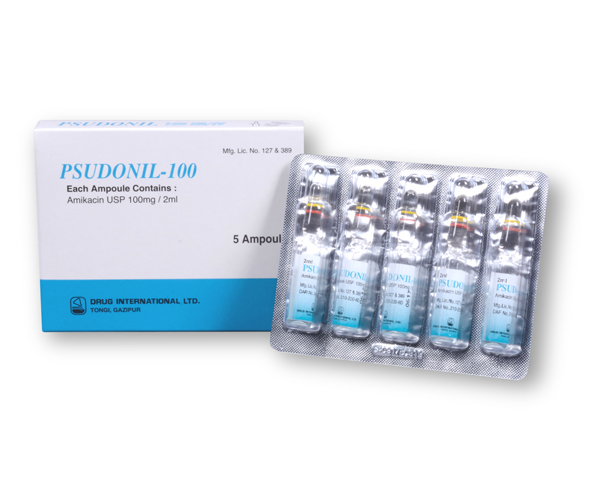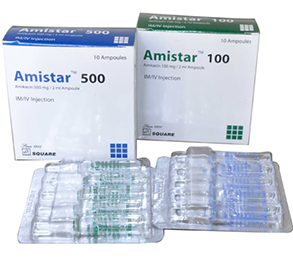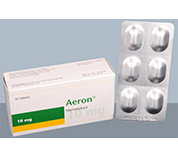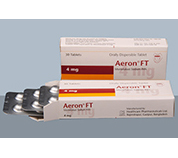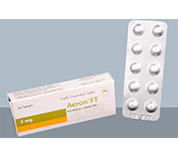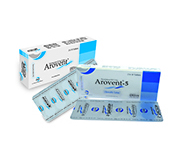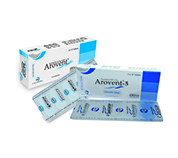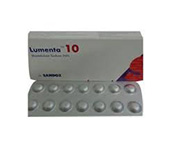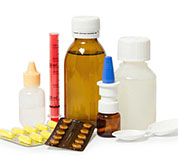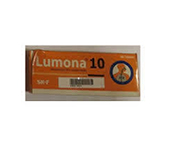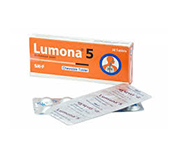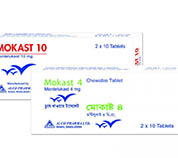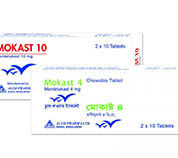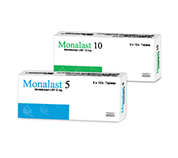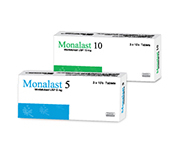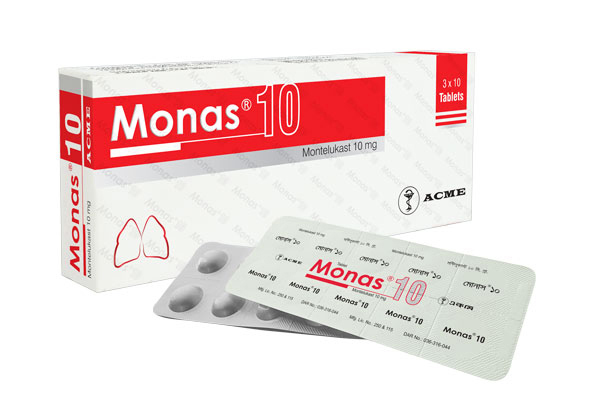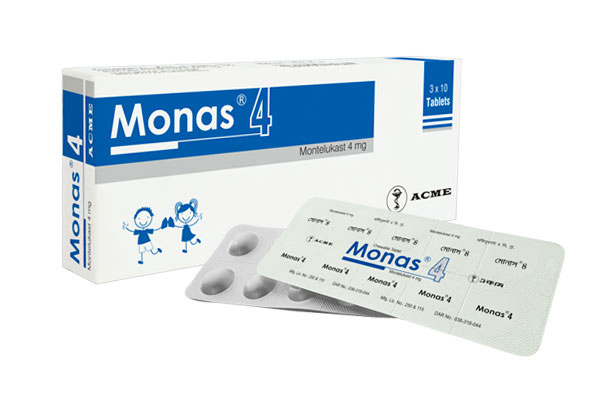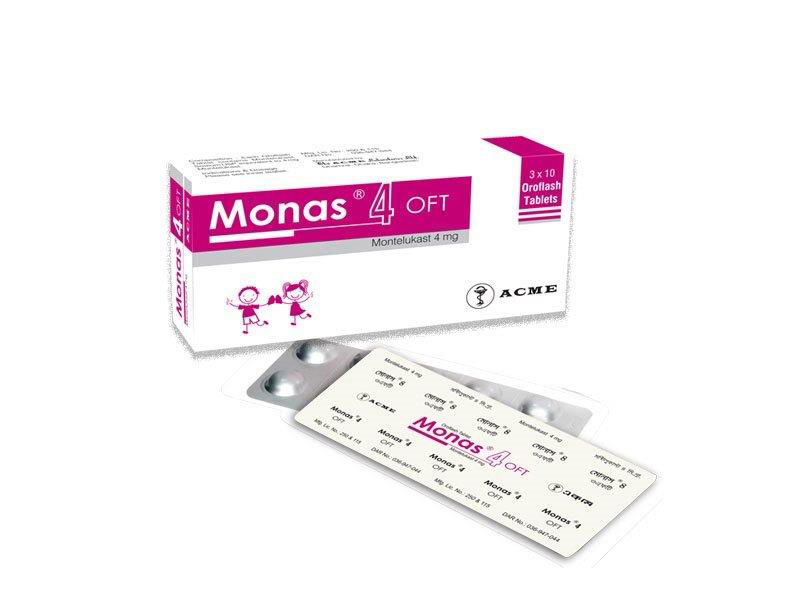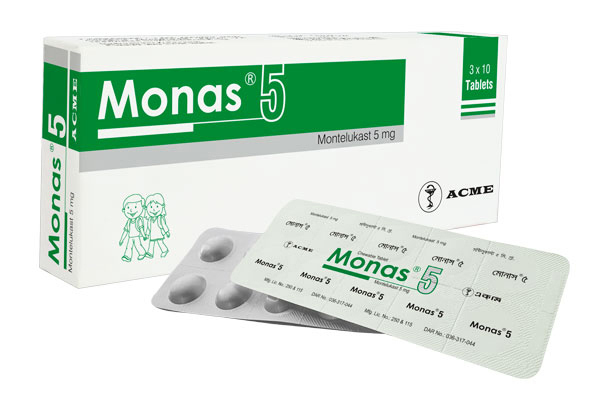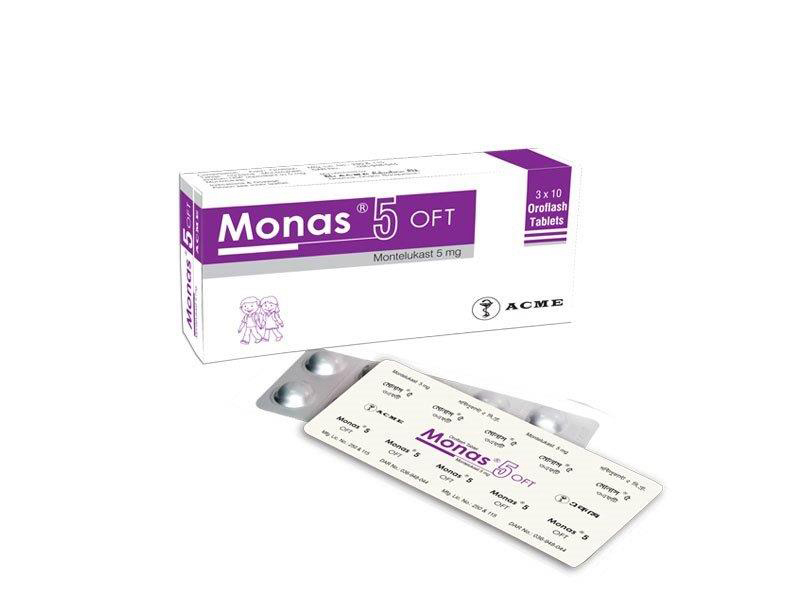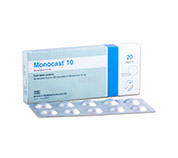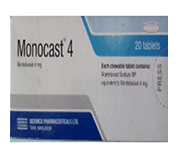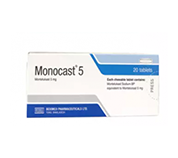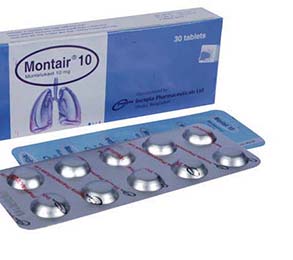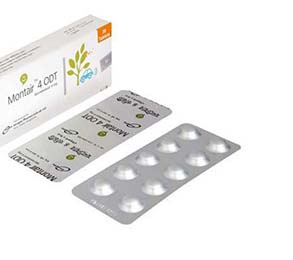Psudonil 100 Inj 1 Pc
Alternative products
Indications
Amikacin is indicated in the short-term
treatment of serious infections due to susceptible strains of Gram-negative
bacteria. Amikacin is effective in bacterial septicemia (including neonatal
sepsis); in serious infections of the respiratory tract, bones and joints,
central nervous system (including meningitis) and skin and soft tissue;
intra-abdominal infections (including peritonitis); and in burns and
postoperative infections (including postvascular surgery). Clinical studies
have shown Amikacin also to be effective in serious complicated and recurrent
urinary tract infections due to those organisms.
Amikacin was effective in infections caused by gentamicin and/or
tobramycin-resistant strains of Gram-negative organisms, particularly Proteus
rettgeri, Providencia stuartii, Serratia marcescens, and Pseudomonas
aeruginosa.
Amikacin has also been shown to be effective in staphylococci infections and
may be considered as initial therapy under certain conditions in the treatment
of known or suspected staphylococcal disease such as, severe infections where
the causative organism may be either a Gram-negative bacterium or a
staphylococcus.
Therapeutic Class
Aminoglycosides
Pharmacology
Amikacin Sulfate is a semi-synthetic aminoglycoside antibiotic. Amikacin is active in vitro against pseudomonas species, Escherichia coli, Proteus species, Providencia species, Klebsiella-Enterobacter species, Acinetobacter species, and Citrobacter freundii. When strains of the above organisms are found to be resistant to other aminoglycosides, including Gentamicin, TobrAmykin and KanAmykin, many are susceptible to Amikacin. Amikacin sulfate is active in vitro against penicillinase and nonpenicillinase-producing Staphylococcus species including methicillin-resistant strains.
Dosage
Adults and children: 15 mg/kg/day in two equally-divided doses
(equivalent to 500 mg bid in adults). Use of the 100 mg is recommended for
children for the accurate measurement of the appropriate dose.
Neonates
and premature children: An initial loading dose
of 10 mg/kg followed by 15 mg/kg/day in two equally divided doses.
Administration
Intramuscular or
intravenous administration:
For most infections the intramuscular route is preferred, but in life
threatening infections, or in patients in whom intramuscular injection route is
not feasible the intravenous route may be used.
Intraperitoneal
use: Amikacin may be used
as an irrigant after recovery from anesthesia in concentration of 0.25%.
Other
routes of administration:
Amikacin in concentration of 0.25% may be used satisfactorily as an irrigating
solution in abscess cavities, the pleural space, the peritoneum and the
cerebral ventricles.
Interaction
Concurrent administration of Amikacin with myorelaxants leads to potentiation of their effects and there is a possibility of cessation of the breathing. The combination with other Aminoglycoside antibiotics should be avoided because of the augmentation of their ototoxic and nephrotoxic effects. Concurrent administration of Amikacin with fast acting diuretics increases the risk of ototoxicity in patients with renal failure. Combination with Cephalosporins or Polymixins increases the risk of nephrotoxicity.
Contraindications
Amikacin injection is contraindicated in patients with a known history of hypersensitivity to Amikacin.
Side Effects
When the recommended precautions and dosages are followed the incidence of toxic reactions, such as tinnitus, vertigo and partial reversible or irriversible deafness, skin rash, drug fever, headache, paraesthesia, nausea and vomiting is low. Urinary signs of renal irritation, azotaemia and oliguria have been reported.
Pregnancy & Lactation
The safety of Amikacin in pregnancy has not yet been established.
Precautions & Warnings
Since Amikacin is present in high concentrations in the renal excretory system, patients should be well hydrated to minimize chemical irritation of the renal tubules. If azotemia increases, treatment should be stopped. Monitoring of renal function during treatment with aminoglycosides is particularly important.
Use in Special Populations
Impaired
renal function: In patient with
impaired renal function the daily dose should be reduced and/or the intervals
between doses increased to avoid accumulation of the drug.
Simple doses schedule for renal impairment is given below:
- Mild impairment: 500 mg every 18 hours
- Moderate impairment: 500 mg every 24 hours
- Severe impairment: 250 mg every 24 hours.
Pediatric Use: Safety and effectiveness of Amikacin for injection in children or adolescents under 16 years have not been established
Overdose Effects
In the event of overdose or toxic reaction, peritoneal dialysis or haemodialysis will aid in the removal of Amikacin from the blood.
Storage Conditions
Store in a cool dry place protected from light. Keep out of reach of children.
- Type Injection
- Tag
- Morbi leo risus
- Porta ac consectetur ac
- Vestibulum at eros
